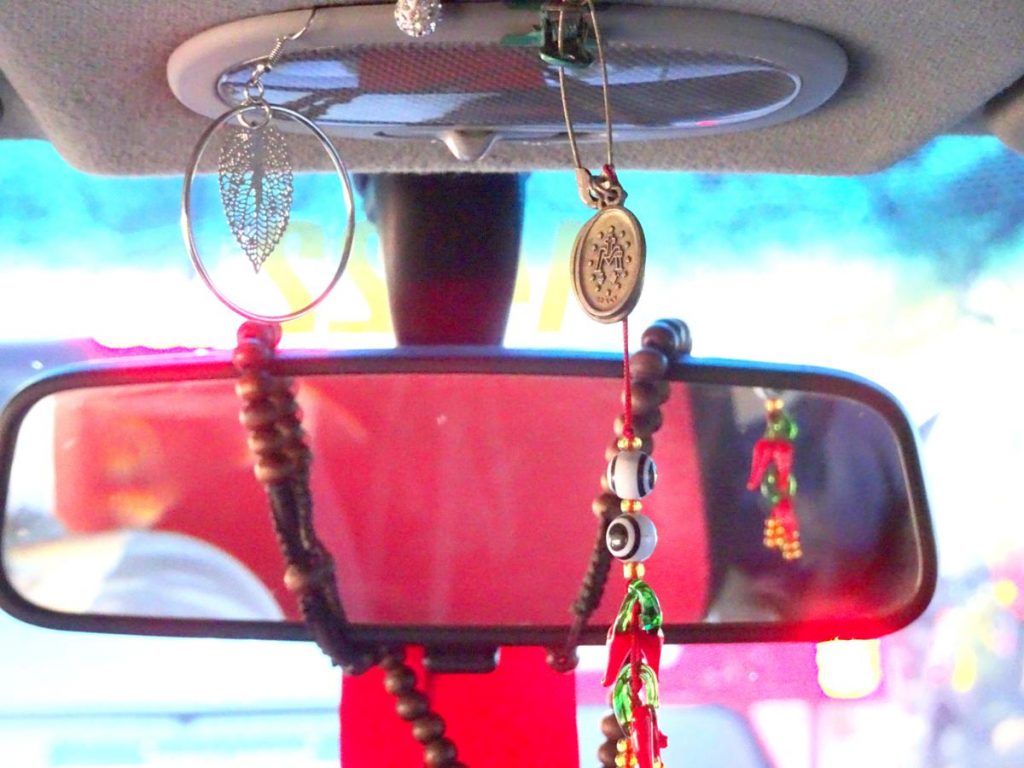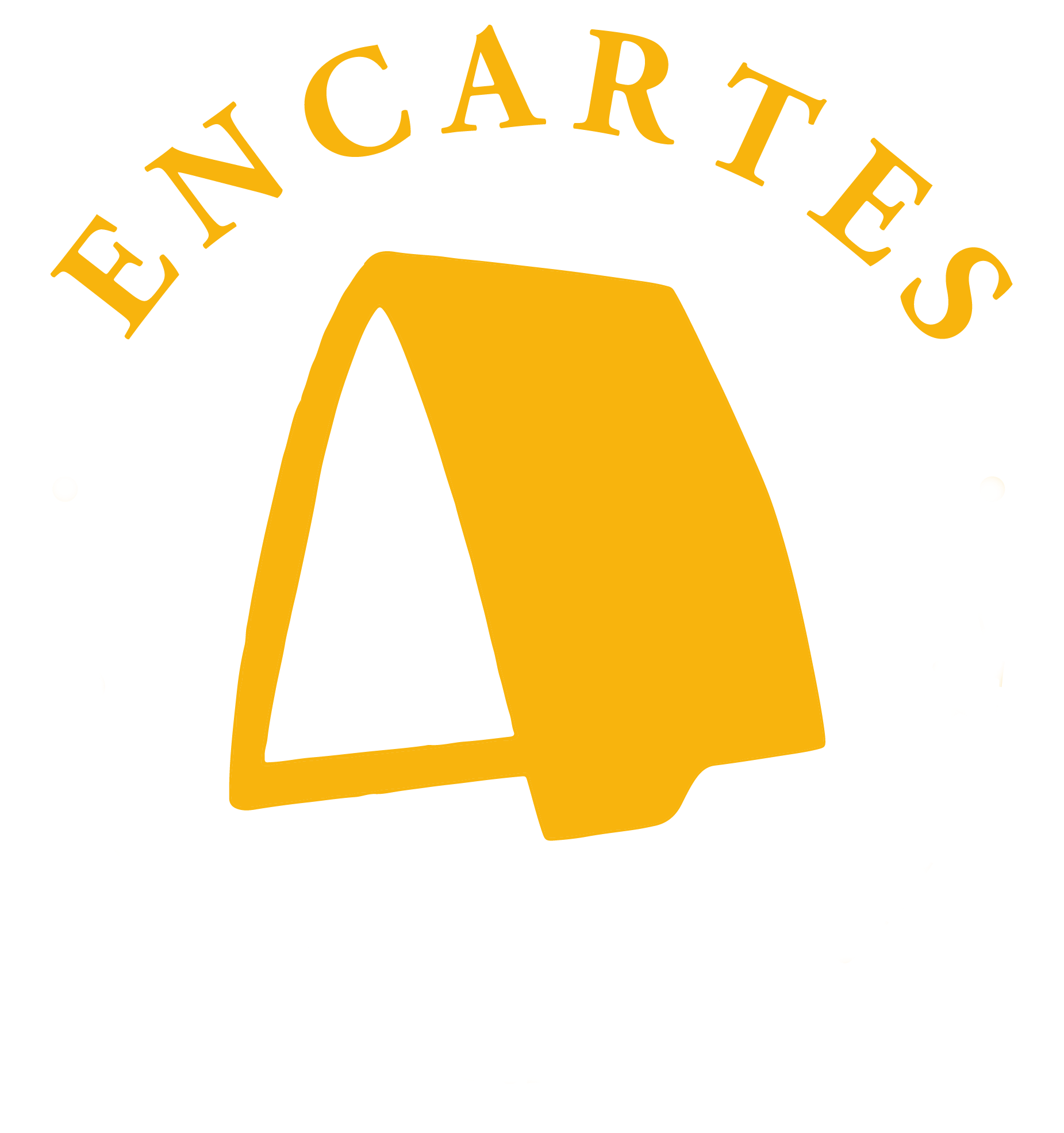home » altars
Articles about "altars"
EncArtes multimedia
Vol 4 No 8 (2021)

“Cabby Altars”: Random Miniethnographies of Daily (Religious) Life
- Alejandro Frigerio
This paper shows and analyzes the assemblages of magical-religious symbols and images that many cab drivers1 in the city of Buenos Aires hang from the mirrors of their cars or attach to their sun visors. She uses the word "altars" cautiously to make visible these minimalist traces of the daily religious life of the porteños, objects that at once provide protection against the dangers of everyday street traffic and testify to relationships with specific superhuman beings. In these heterogeneous assemblages appear saints and virgins, popular saints and oriental and/or esoteric symbols -that testify to the rich magical-religious diversity of the city- as well as photos and memories of individuals and social collectives with a high charge of sacredness (children, relatives, soccer clubs). These "altars" are evidence of singular religious and familial journeys, but they also result from random interactions with passengers and evidence more general and little recognized patterns of how porteños relate to superhuman beings.
EncArtes multimedia
Vol 3 No. 5 (2020)
Altars we see, meanings we do not know: material sustenance of lived religiosity
- Anel Victoria Salas
- Renée de la Torre Castellanos
Keywords: altars, popular Catholicism, aesthetics, religious images, materiality, lived religiosity.
This work consists of a photographic essay on domestic altars that is accompanied by narratives of their owners and aims to address the Catholic religiosity that is practiced on a daily basis in non-ecclesial spaces. The ethnographic work (based on photographic records and interviews) focuses on the materiality of the altars (which make beliefs visible) and on the narratives that account for the symbolic meanings, appropriations and uses of Catholic images in ordinary life. of believers. We address three scenarios for assembling and practicing altars: domestic (they are generally private and individual and are found within homes); semi-private (in workplaces, such as offices, market stalls, canteens and workshops), that although they are cared for by a person, are not for exclusive use, are exposed and are sometimes the reason for practices of those who attend that place, and public (street or neighborhood), which are placed in open spaces (on a sidewalk, square or corner) and activate collective practices and are even protected by a community. We consider it to be a novel methodological proposal to approach the understanding of religious experiences and their non-ecclesial logic.
Realidades socioculturales
Vol 1 Issue 1 (2018)

The altars of the body as resistance to prison power
- Jorge Adrián Yllescas Illescas
This text is part of an investigation carried out at the Santa Marta Social Reintegration Center in Mexico City, the main objective of which was to learn about the practice of the cult of “Santa Muerte” in that prison institution. Various themes emerged from this proposal, and one of them was the use of the body and its relationship with religious practices in a context where control is omnipresent. It will first examine what this prison control consists of and then the importance of the body as a form of resistance to said prison power will be considered.






